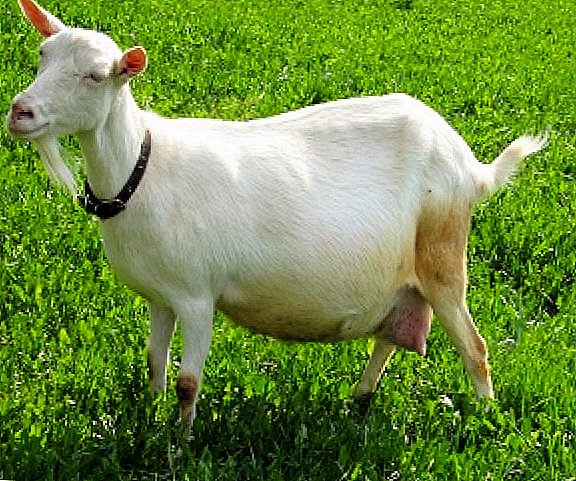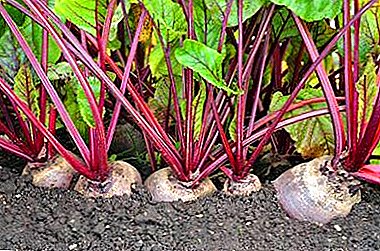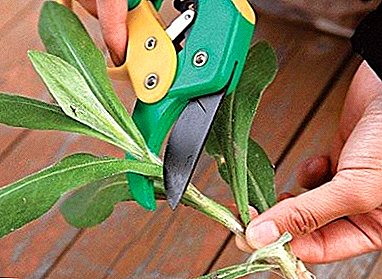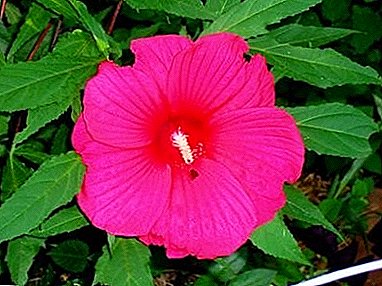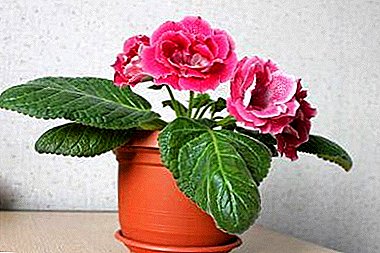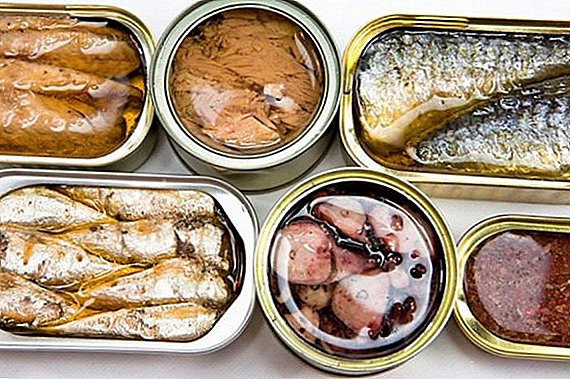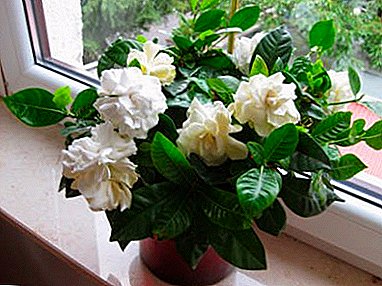
Gardenia - the favorite gardeners around the world. The plant is characterized by a spectacular decorative flowering, for which, above all, it is valued. But gardenias and useful qualities, including medicinal, are peculiar.
Note that gardenia - a capricious plant susceptible to disease and pest damage. Any failure of the owner of the flower in the care can result in a disease of a delicate shrub, loss of decoration. In the article we will take a closer look at the diseases of gardenia, find out how to treat a particular disease, and find out their causes.
Plant overview
 Gardenia is a southern thermophilic plant, very demanding to its content. It is troublesome to grow ornamental shrubs, but many growers take this risk, and then receive an award in the form of long-term abundant blooms.
Gardenia is a southern thermophilic plant, very demanding to its content. It is troublesome to grow ornamental shrubs, but many growers take this risk, and then receive an award in the form of long-term abundant blooms.
Gardenia rather violently reacts to almost all external circumstances and nuances of care.: the indisposition of a tropical beauty can cause improper watering, and insufficient light, and too low temperature, humidity, many other reasons.
Diseases are most often manifested in the loss of a plant decoration: the leaves begin to turn yellow, the leaves dry, sometimes turn black, the flowers fall or they do not bloom at all (why the leaves turn black and fall yellow and fall here).
Growing difficulties
As mentioned above, the plant is very capricious and demanding to the conditions of its content. For beginners, gardeners can literally cause all the nuances of care: watering, lighting, fertilizing, and soil composition (you can learn about home gardening rules here).
Gardenia categorically does not like to change their habitat, and even a simple turning of its pot can cause the leaves and flower stalks to fall off.
Note! It is very important to provide the plant with optimal conditions for keeping. Otherwise, long flowering, good growth and development can not be seen.
Details on why gardenia does not bloom and what to do, read this article.
- What are the difficulties and secrets of cutting?
- How to grow gardenia from seed?
- How to transplant gardenia?
Diseases and pests
Consider the most common ailments to which gardenia is exposed, and find out what to do with these problems.
Drying
 Most often, the leaves of gardenia dry due to insufficiently acidic soil. What if the plant is dry? To eliminate the problem, it is necessary to add a few grains of citric acid or a few drops of lemon juice to the water during watering.
Most often, the leaves of gardenia dry due to insufficiently acidic soil. What if the plant is dry? To eliminate the problem, it is necessary to add a few grains of citric acid or a few drops of lemon juice to the water during watering.
If the plant dries already strongly, you need to check - whether there is a sharp difference in day and night temperatures. If there is a similar problem, it should be fixed, since it is precisely to the sharp temperature drops that the gardenia reacts by drying out and dropping the foliage.
White aphid
 This harmful insect infects the leaves and stems of gardenias, as well this is one of the reasons why buds fall off in gardenias. Note that the white aphid reproduces at a fairly rapid pace, so measures should be urgent if the gardenia is infected with this pest.
This harmful insect infects the leaves and stems of gardenias, as well this is one of the reasons why buds fall off in gardenias. Note that the white aphid reproduces at a fairly rapid pace, so measures should be urgent if the gardenia is infected with this pest.
Prefers aphid young shoots, but if you do not fight, spread to the whole plant. Struck with white aphids, the gardenia stops its development and growth, its leaves begin to dry out.
At the onset of the disease, you can mechanically remove the aphids by simply wiping the leaves and stems of the plant with a damp cloth. If the pest has managed to bring the disease into the shrub, it is necessary to use systemic insecticides.
Why fall off or fall buds?
 Very often, this problem occurs when the owner of the flower inadvertently or deliberately turns the pot with gardenia. This plant is very conservative, and always reacts violently to various changes.
Very often, this problem occurs when the owner of the flower inadvertently or deliberately turns the pot with gardenia. This plant is very conservative, and always reacts violently to various changes.
Even such a trifle can be the reason why buds fall in gardenias, dropping their plant to react to the stress. Treatment of the disease is to prevent this problem during the flowering plant pot is better not to touch at all.
Important! All manipulations: dressing, watering, pruning spend with the pot standing still in one position. This measure will prevent the fall of the buds.
With the reason why the plant drops buds, we figured out, then we will talk about the causes of the appearance of spots on gardenia sheets.
White spots
 If irregularly shaped spots and a light shade appeared on the leaves of a plant, most likely it is in this case chlorosis. Note that even though the leaves are lighter, the veins remain green - this is the main sign that gardenia is chlorosis.
If irregularly shaped spots and a light shade appeared on the leaves of a plant, most likely it is in this case chlorosis. Note that even though the leaves are lighter, the veins remain green - this is the main sign that gardenia is chlorosis.
This disease occurs if gardenia is watered with too hard water. With this irrigation, the acidity of the soil is greatly reduced, which leads to a violation of iron absorption by the plant (read about what should be the soil for gardenia, read here).
To prevent this unpleasant disease, Watering gardenias should be carried out only defended, soft water. From the tap water is not good - in extreme cases, it must be thoroughly defended. To make water softer, you can add a couple of drops of lemon juice - this additive will soften the water, and make it more acidic.
In order for the white spots that have already appeared on the plant to disappear, it is necessary to water it with a composition containing iron chelate or to apply fertilizer with high iron content to the soil. It is better to use fertilizer in a liquid form - thus it will be assimilated by the gardenia in an optimal way.
Spider mite
 This pest for tropical shrubs - the main. In addition to the spider mite, the plant can also be threatened by a shield.
This pest for tropical shrubs - the main. In addition to the spider mite, the plant can also be threatened by a shield.
In order to get rid of the pests, it is necessary to regularly rub the leaves of the plant with a damp cloth, to ensure optimal air humidity in the room, to conduct preventive examinations of the plant to detect pests or their larvae.
Important: if, when viewed on plants, several shoots infected with spider mites were detected, then here is how to fight - it is better to remove these “weak links” right away so that the infection does not go further.
A spider mite infects a plant if the latter is in a dry and too warm room. Therefore, to prevent the occurrence of this pest, It is necessary to regularly spray the air around the pot from a fine sprayer.
If these measures do not help prevent the appearance of the pest, it is necessary to spray the flower with suitable insecticides. It is better to use systemic insecticides to cope with the tick for sure. To ensure that the spider mite does not disturb the shrub anymore, a week after the first treatment you need to carry out the second one.
Shchitovka
 If the plant struck this harmful insect, It is necessary to wash the leaves with a weak soap solution. After the soap you need to clean the leaves again with clean water so that the last ones do not have white ugly stains.
If the plant struck this harmful insect, It is necessary to wash the leaves with a weak soap solution. After the soap you need to clean the leaves again with clean water so that the last ones do not have white ugly stains.
If it was not possible to get rid of the shitovki in one procedure, it is necessary to repeat the soap rinse after a week. And so it should continue until the complete disappearance of the pest.
Methods of treatment and prevention
- In order to prevent the occurrence of various diseases in gardenia, it is necessary to properly care for a tropical flower. The best preventive measure will be compliance with all recommendations for care - in this case, the plant usually develops quite well, blooms, and is not affected by pests.
- Feed the shrubs in time - weakened immunity and nutrient deficiencies are very often causes of diseases.
- Spraying the gardenia with water will help prevent spider mites. This measure will make the air moist, which the spider mite does not tolerate.
Conclusion
We met with the main diseases of the gardenia plant and learned how to deal with these diseases. As you can see, almost all diseases of gardenia occur due to insufficient quality care for her.
Therefore, everything is in your hands: with proper content, gardenia can grow, bloom, and delight those around you with its decorative effect without any problems.




